When you pick up a prescription, you might see two bottles on the counter: one with a well-known brand name, and another that looks almost identical but costs half as much. The second one? It could be an authorized generic. And if you’re wondering whether it’s truly the same as the brand, the answer is simpler than you think: yes, it is.
What Exactly Is an Authorized Generic?
An authorized generic isn’t some knockoff or cheaper version made by a different company. It’s the exact same pill, capsule, or injection that comes in the brand-name box - just without the brand name on the label. The FDA defines it clearly: it’s the brand drug, produced by the same manufacturer, using the same ingredients, same process, same equipment, and same quality controls. The only difference? The packaging. No logo. No fancy colors. Just the drug name and dosage. These aren’t the same as regular generics. Traditional generics go through a different approval path called an ANDA (Abbreviated New Drug Application), where they must prove they work similarly to the brand. Authorized generics skip that step entirely because they’re not a copy - they’re the original product, sold under a different label. They’re made in the same factory, on the same line, by the same team. If you opened both bottles side by side, you wouldn’t be able to tell them apart.Why Do They Exist?
You might wonder why a company would sell its own drug under a different label. It’s a business move, but it’s also a smart one. When a brand-name drug’s patent expires, other companies rush in to make cheaper versions. To keep some market share, the original manufacturer often launches its own generic version - an authorized generic - right alongside those competitors. This lets them stay in the game without losing all their customers. It’s not about tricking patients. It’s about competition. And for you, the patient, it means more choices. Sometimes, the authorized generic is priced between the brand and the traditional generic - maybe 15-30% cheaper than the brand, but still 10-20% more than the standard generic. That’s because it’s still the same product, just sold under a different name.Are They Really the Same?
Let’s cut through the noise. Yes, they are identical. Not “mostly the same.” Not “close enough.” Identical. The active ingredient? Same. The inactive ingredients (fillers, dyes, coatings)? Same. The way the drug dissolves in your body? Same. The manufacturing standards? Same. The FDA inspects the same facility for both the brand and the authorized generic. The same batch records are kept. The same quality checks are run. A 2018 study tracked over 5,000 patients who switched from brand-name drugs to generics. Those who switched to authorized generics had outcomes nearly identical to those who stayed on the brand. Hospital visits, emergency room trips, and medication adherence rates were all statistically the same. The only tiny difference? A slightly higher chance of an ER visit with authorized generics - but researchers think that’s due to confusion at the pharmacy, not the drug itself. Dr. Janet Woodcock, former head of the FDA’s drug division, put it plainly: “Authorized generics are the brand product without the brand name on the label - they are identical in every way.”
How Do They Compare to Regular Generics?
Regular generics are safe and effective. The FDA requires them to be bioequivalent - meaning they deliver the same amount of medicine into your bloodstream as the brand, within a narrow range (80-125%). But even that small range can matter for some people. A patient on a narrow-therapeutic-index drug - like warfarin, levothyroxine, or certain seizure medications - might notice tiny differences between brands and generics because of variations in inactive ingredients or how the pill breaks down. Authorized generics eliminate that uncertainty. Since they’re made from the exact same formula, there’s no variation in how they behave in your body. If you’ve had issues with a regular generic - stomach upset, weird side effects, or just a feeling that it “doesn’t work the same” - switching to the authorized version often fixes it. That’s because you’re not changing the drug at all. You’re just changing the label.What Do Real Patients Say?
Patient surveys tell a clear story. On GoodRx, users gave authorized generics an average rating of 4.6 out of 5. Over 90% said they’d recommend them to a friend. In a survey by the Asthma and Allergy Foundation, 87% of people switching from brand-name Singulair to its authorized generic reported no change in effectiveness. Only 8% noticed minor differences - and those were usually tied to the pill’s size, color, or how the inhaler felt in their hand, not how the medicine worked. Kaiser Permanente tracked over 8,000 patients using authorized generics. Their adherence rates - how consistently they took their meds - were 94%, compared to 92% for the brand. No difference in effectiveness. No drop in control of their condition. Just lower costs. The biggest complaint? Confusion. Some pharmacists don’t know the difference between authorized and traditional generics. Patients report being told, “This isn’t the same as your brand,” when it actually is. That’s a system problem, not a drug problem.Cost, Insurance, and Access
Authorized generics usually cost less than the brand - often $10 to $30 cheaper per prescription. But they’re not always the cheapest option. Traditional generics can be even lower, sometimes as low as $4 at Walmart or CVS. Still, if you’ve had trouble with a regular generic before, the authorized version gives you brand-quality reliability at a lower price. Insurance plans often treat authorized generics the same as traditional generics. That means lower copays. Some plans even list them as preferred options. Check your formulary. If your brand is expensive, ask your pharmacist: “Is there an authorized generic for this?”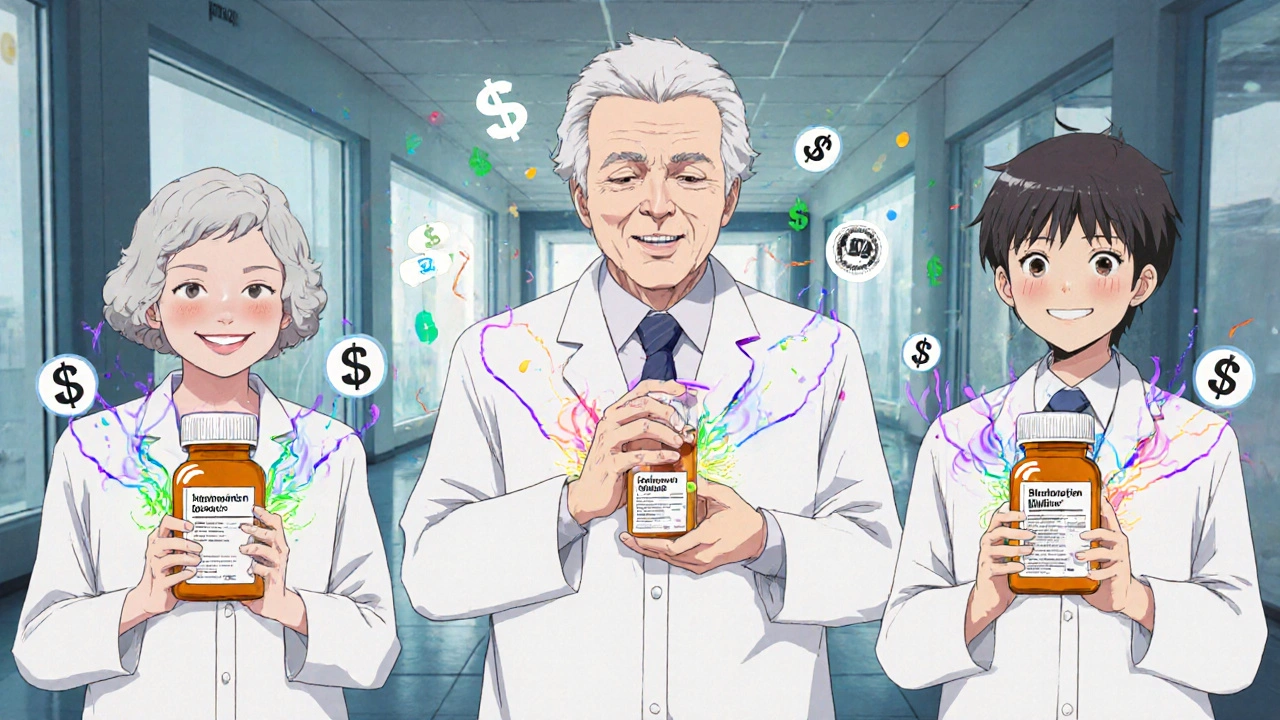
Are There Any Downsides?
Not in terms of safety or effectiveness. But there are practical issues. First, availability. Not every brand has an authorized generic. Only about 20-25% of brand-name drugs offer one after patent expiration. And even then, it might not be available right away. Some manufacturers wait months or even years to launch one. Second, confusion. Pharmacists, doctors, and even patients sometimes mix them up. You might get a different version each time you refill - brand one month, traditional generic the next, authorized generic the next. That’s not dangerous, but it can be unsettling. If you’ve had a good experience with one version, stick with it. Ask your pharmacist to fill your prescription with the same type every time. Third, labeling. Authorized generics don’t show up in the FDA’s Orange Book - the official list of approved generics. That’s because they’re not approved as generics. They’re approved as the brand. So if you’re looking them up, you’ll need to search for the brand name, not the generic version.What Should You Do?
If you’re on a brand-name drug and worried about cost, here’s what to do:- Ask your pharmacist: “Is there an authorized generic for this medication?”
- Check GoodRx or SingleCare - they often list authorized generics separately.
- If your insurance covers it and the price is lower than the brand, switch.
- If you’ve had side effects with a regular generic, try the authorized version - it might solve the problem.
- Don’t assume all generics are the same. Authorized means identical.
Final Thought
The idea that generics are “less than” the brand is outdated. For authorized generics, it’s not even close to true. They’re not a downgrade. They’re the same product, sold differently. And in a system where drug prices keep rising, that’s one of the few real wins for patients. If your doctor says, “This brand is best,” ask why. Is it because it’s more effective? Or because it’s more familiar? The science says: it’s the same. The data says: patients do just as well. The price says: you can save. Your health matters. So does your wallet. With authorized generics, you don’t have to choose between them.Are authorized generics FDA-approved?
Yes. Authorized generics are made under the same FDA-approved New Drug Application (NDA) as the brand-name drug. They don’t need a separate approval because they’re identical to the brand. The FDA inspects the same manufacturing facilities and requires the same quality controls.
Do authorized generics work as well as brand-name drugs?
Yes. Multiple studies, including one published in PMC tracking over 5,000 patients, show no meaningful difference in effectiveness, hospital visits, or medication adherence between authorized generics and their brand-name equivalents. They contain the exact same ingredients and are made using the same processes.
Why are authorized generics sometimes more expensive than regular generics?
Because they’re the same product as the brand, just without the brand name. Regular generics are made by different companies and compete on price, often driving costs down to $4-$10. Authorized generics are priced lower than the brand but higher than traditional generics because they’re still produced by the original manufacturer and may carry slightly higher overhead.
Can I switch from a brand to an authorized generic without talking to my doctor?
Yes. Since authorized generics are identical to the brand, pharmacists can substitute them without a new prescription - just like regular generics. Many independent pharmacists say they’re interchangeable at the pharmacy level without physician consultation. Still, it’s always good to inform your doctor if you switch, especially for critical medications.
Why don’t authorized generics appear in the FDA’s Orange Book?
Because they’re not approved under an Abbreviated New Drug Application (ANDA). The Orange Book lists traditional generics that were approved through that process. Authorized generics are marketed under the original brand’s New Drug Application (NDA), so they’re not listed as generics - they’re listed as the brand product with a different label.
Are authorized generics safe for children or elderly patients?
Yes. Since they are chemically and physically identical to the brand-name drug, they are just as safe for all age groups. Many seniors use authorized generics through Medicare Part D because they offer brand-level reliability at lower prices. No special precautions are needed beyond what’s recommended for the brand.
How do I know if I’m getting an authorized generic?
Ask your pharmacist. Authorized generics are often labeled with the brand name followed by “(authorized generic)” or the name of the manufacturer (which is usually the same as the brand). You can also check online tools like GoodRx, which clearly label authorized generics. If the manufacturer name matches the brand’s parent company, it’s likely an authorized generic.
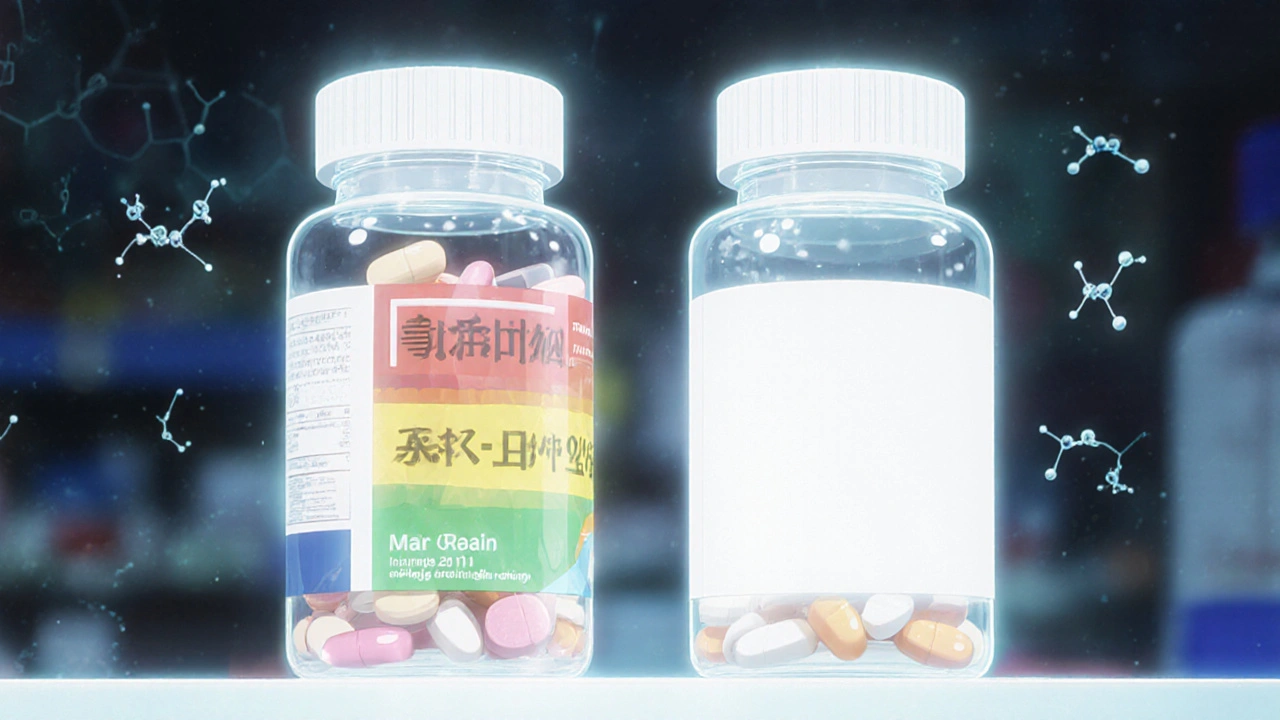
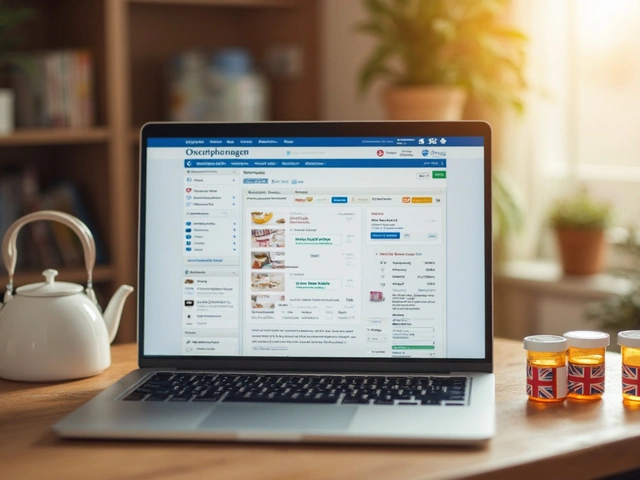 Explore Top Alternatives to Canada Meds Plus for Affordable Medications
Explore Top Alternatives to Canada Meds Plus for Affordable Medications
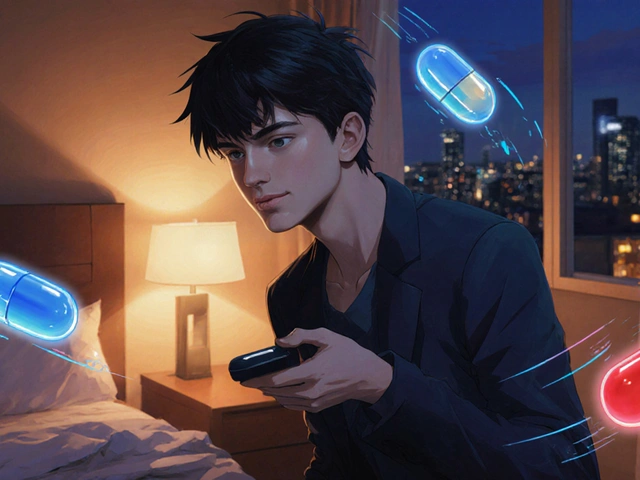 Cialis Black vs Other ED Drugs: Tadalafil Comparison Guide
Cialis Black vs Other ED Drugs: Tadalafil Comparison Guide
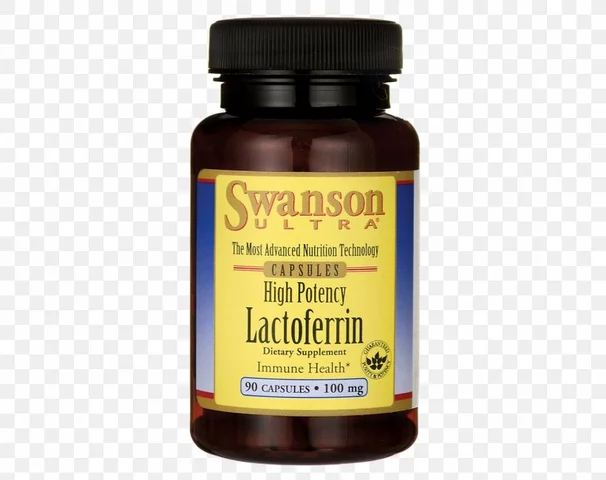 IP-6: The Dietary Supplement That's Taking the Health World by Storm
IP-6: The Dietary Supplement That's Taking the Health World by Storm
 Confido vs Alternatives: Which Herbal Supplement Works Best for Men’s Health?
Confido vs Alternatives: Which Herbal Supplement Works Best for Men’s Health?
 Discover the Benefits of Coca: The Revolutionary Dietary Supplement
Discover the Benefits of Coca: The Revolutionary Dietary Supplement